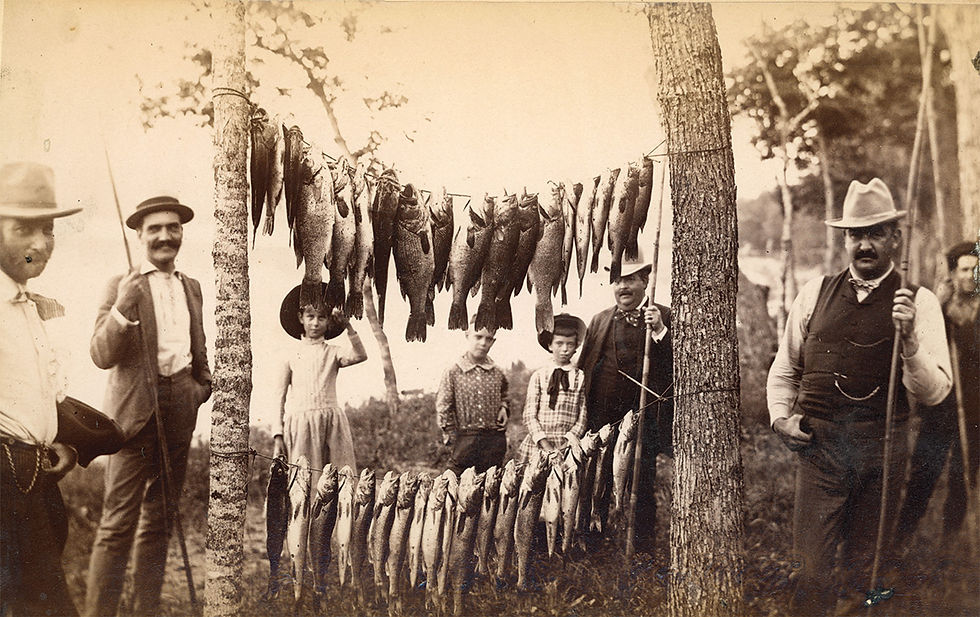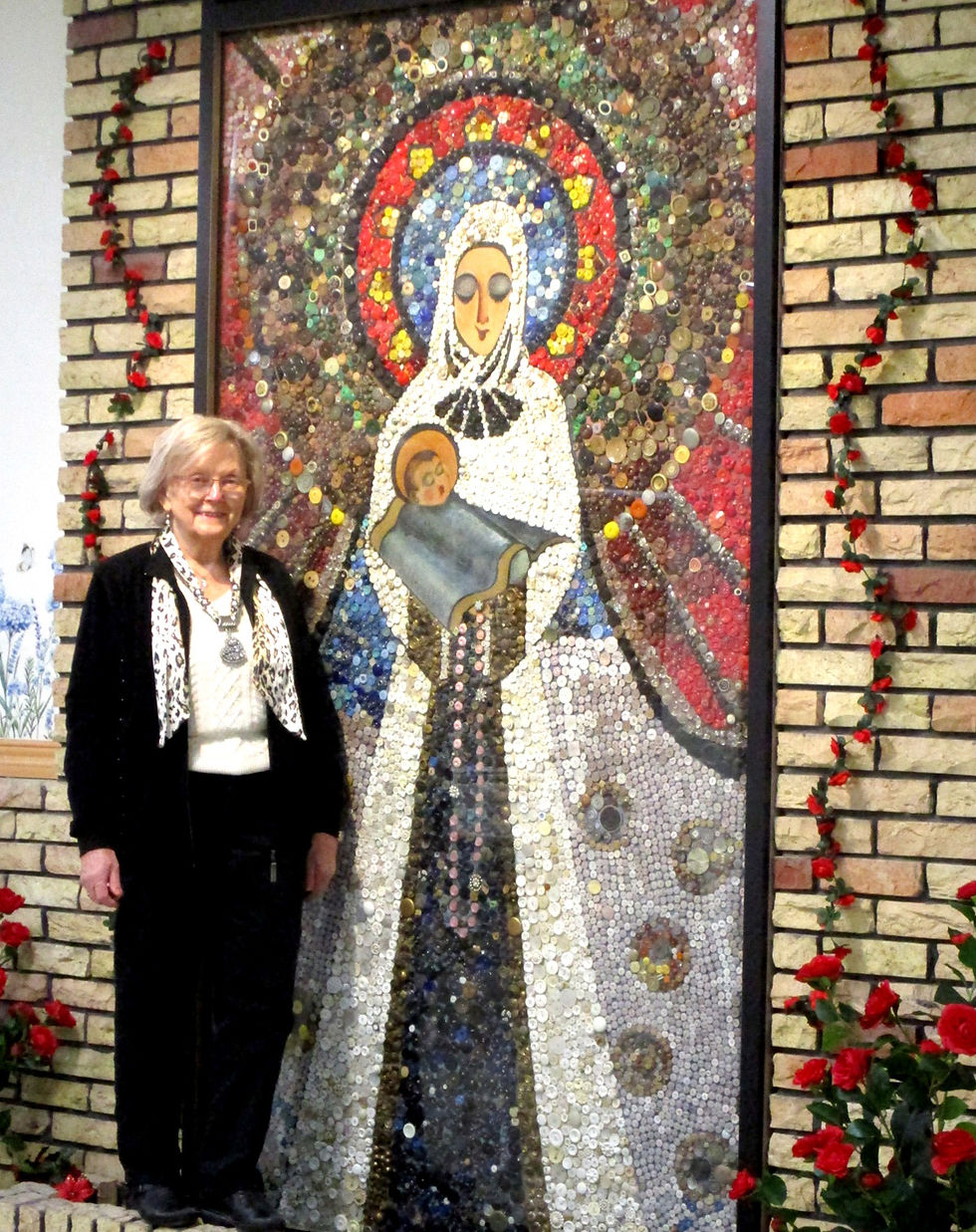‘I Was Proud to Serve’
- Sr Perspective

- Apr 30, 2025
- 5 min read
Pilot flew 35 missons over Japan during WWII
BY GARY KASS

Richard (Dick) Donaldson was born on March 6, 1923, near Tracy in southwest Minnesota. His father was a farmer and owned a coal delivery business.
As a youngster, Dick got the job of shoveling coal from the front to the back of the coal bin to allow for more coal to be delivered.
“It was a dirty job. Back then, most people used coal to heat their houses,” he laughed. “Every time I wasn’t in school, I was shoveling coal.”
Dick had little time for leisure, but the summer before he graduated he took on another job at the Tracy Produce Company at 12.5 cents an hour. He said that every week they took out six cents for Social Security.
Donaldson graduated from Tracy High School in 1941 and headed for Carlton College in Northfield, Minn. Ever the hard worker, he took a job waiting tables in the girls’ dormitory. Just as he was leaving the dormitory on Dec. 7, 1941, one of the girls yelled out the window, “The Japs bombed Pearl Harbor.” Donaldson said, “Right then, I knew we were gonna be involved.”
Donaldson wanted to join the Army Air Corps but, being 17, he could not join without parental permission. Instead, he joined the Air Corps Reserve which, at that time, did not require parental consent. Nevertheless, with all-out mobilization, he was called to active duty only a month later in February, 1942.
“They put us on a train to St. Louis, Miss., down to Jackson Barracks,” he said, adding that the weather was so cold, and the accommodations so substandard, that two airmen recruits in his platoon of 50 died of pneumonia.
Sent to board at Washington University in St. Louis, Donaldson found the accommodations more comfortable. He said, “They stashed us in college training detachments and held us there until they were ready to put us in the line of (training) progression.” Finally, he got a training seat in Santa Anna, Calif. where he went through preflight training.
From there, he stated, “I was sent to King City, Calif. for primary (flight), Chico, Calif. for basic (flight), and Stockton, Calif. for advanced (flight) training.”

Donaldson finished all his training in May, 1944 and was commissioned an officer. Then he was told that the Air Corps wanted more heavy bomber pilots. “So, they sent me to B-24 training…that was at Albuquerque, N.M.”
However, the Air Corps was critically short of pilots for the B-29 bomber, then just coming off the assembly lines in large numbers. So, he was sent to Great Bend, Kansas to become qualified in that huge new aircraft. Finally, in February of 1945, fully qualified and trained, Donaldson and the flight officers flew his B-29 to Hawaii, Kwajalein Atoll and then on to his duty station in Guam. His enlisted crew members were sent beforehand by ship to meet them there.
Donaldson, his crew and airplane, now named the “City of Austin” were stationed at the northern Air Base in Guam, now known as Anderson Field. They were sent immediately into combat missions. The first 10 missions were flown at high altitude with differential results.
Bombing at 30,000 feet kept them out of the range of most enemy fighters and anti-aircraft fire but, bombing accuracy suffered because the bombs dropped through multiple layers of air of different density and wind speed. Added to that, the overheating problems of the B-29s novel Pratt and Whitney engines, and the navigation problems caused by the newly confirmed “Jet Stream,” made getting to and from Japan that much more difficult. As Dick explained, “the winds at 30,000 feet were sometimes as much as 200-250 miles per hour. At that height, (turning) downwind we would be going too fast for the bomb sight to calibrate, and if you turned upwind you would practically be standing still.”
After Donaldson’s first 10 missions, General Curtis LeMay arrived with radically new ideas on how to bomb Japan. General LeMay’s ideas involved bombing at low altitudes and the use of incendiary bombs to burn the Japanese cities, which were largely constructed of wood. The use of incendiaries resulted in the catastrophic destruction of a large percentage of the major cities in Japan and a corresponding destruction of Japan’s ability to make war or even feed and clothe the populace.

Donaldson vividly remembers the flight home from one mission where one of the B-29s was forced to ditch at sea. Dick reported that “seven guys got off that ship into a life raft. We had planned to circle until a submarine could pick them up. We circled for a long time until we were starting to run short of gas. We had been in contact with the submarine and they weren’t going to get there for a little bit. So, in the meantime, these two (Japanese) fishing vessels had appeared. We were afraid for the guys in the life raft because the fishing vessels would pick them up if we left. The submarine had not arrived yet. So, we decided that we had better destroy the fishing vessels.” Dick heard later that the crew in the life raft were rescued soon after they departed the scene.
Donaldson finished his 35th mission on Aug. 1, 1945 and returned home. In route back to the States, he was told of the nuclear bombs dropped on Hiroshima and Nagasaki. He knew the war would soon be over.
Donaldson returned to Tracy and resumed his studies at Carleton College. There, he met and later married Mary Kangus from Crosby, Minn. After graduating college, he returned to Tracy to rejoin his father in the coal business. With the slow demise of coal, everyone was turning to oil for heating, so Donaldson started a lumber yard in Tracy and ran a prosperous business there for over 35 years. Mary and Dick had three children, Mark, Scott and Laurel. In 1984 he turned the business over to Mark. Dick and Mary joined the Peace Corps and served in Jamaica and Barbados until 1988. Mary died in 2012 and Dick lived independently in Tracy until his passing on March 3, 2022, just three days short of his 99th birthday.
When asked how he felt about his WWII service, Donaldson said, “I was proud to have served my country, but I would rather be known for my experiences in the Peace Corps rather than the military. I don’t want to be known as the guy who burned up 67 cities in Japan. At the same time, it kind of irritates me that hardly anybody knows about that (today).” Donaldson was a reserved, articulate, introspective and a proud man. He served his country twice and was a bellwether of the Tracy business community. He is worthy of the name bestowed upon him and those of his cohort, “The Greatest Generation.”





Comments